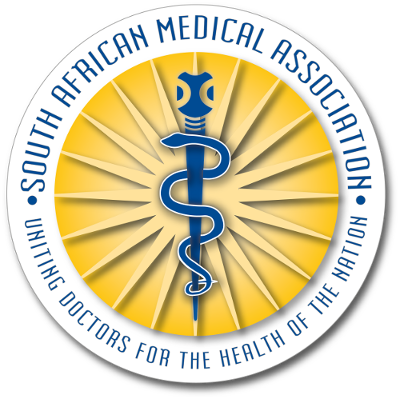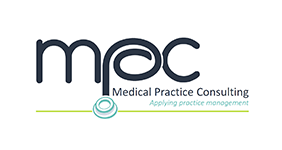SA experts part of team producing new world health organisation manual
South African experts were part of a six-country team that has developed a new World Health Organisation manual on decontamination best practice. The manual took three years to finalise and is scheduled to be released in June this year.
This is according to Tina Bradley, Laboratory Manager, HIRL, Clinical Microbiology, University Hospitals Birmingham NHS Foundation Trust, United Kingdom. She was speaking at the 5th annual Africa Health Exhibition & Congress, which opened yesterday at the Gallagher Convention Centre in Johannesburg. The event continues on the 7th May.
Bradley says that when it comes to decontamination failures, the incidents that are reported are likely to be the tip of the iceberg. “Together with correct hand washing, as well as the proper use of antibiotics and antiseptics, instrument decontamination and sterilisation is a critical factor in the prevention of surgical site infection. Breaches in decontamination may go unnoticed if they don’t result in harm to the patient – a near-miss - or if they don’t present while the patient is hospitalised.”
She adds there is very little material available for guidance on decontamination principles and practices amid a high incidence of surgical site infection. “I am therefore very proud to announce that the World Health Organisation has written a manual on decontamination principles and practices to provide guidelines for use around the world. The manual will be launched in June and will be available on the World Health Organisation website, to download and use for guidance.”
The purpose of the manual is to increase patient safety associated with the proper decontamination of medical devices, provide teaching materials to improve staff training, provide guidance on the selection of the method of decontamination and enhance the quality of the decontamination processes.
Bradley says that an international team of experts from six countries – South Africa, the United Kingdom, the United States, Canada, Ireland and Croatia – took three years to produce the manual. “The final document was reviewed by independent experts from India, Sweden and Australia. It looks at all the elements of the decontamination process, including the transportation of the items, how they were used, where they will be decontaminated and stored, and sterilisation and storage methodology. The information is presented through text tables, diagrams, pictures, audit tools and references and the document will help to prepare policies and procedures.”
Bradley says standard operating procedures are needed for all tasks that could have an effect on the quality of the decontamination process. “Written standard operating procedures are an essential requirement for training. They must clearly describe specific tasks and be easy to understand.”
Bradley concluded her presentation at Africa Health by presenting her decontamination ‘wish list’. “I wish that the WHO decontamination manual is used in all countries where national guidance do not currently exist or is lacking. I would like to see the importance of the decontamination of medical devices being recognised at all levels. I would like to know that resources are found to improve decontamination facilities and that hospitals centralise decontamination using dedicated, trained staff. Finally, I would like to see training, training and more training!”
Decontamination is the process of cleaning an object or substance to remove contaminants such as micro-organisms or hazardous materials such as chemicals, radioactive substances and infectious diseases.






